Welcome to the realm of the James Webb Space Telescope (JWST), a celestial behemoth that has soared into the cosmos, primed to decipher its enigmatic depths. This contemporary science and engineering masterpiece, born out of an international alliance between NASA, the ESA, and the CSA, has already embarked on its cosmic voyage. It has gracefully accepted the mantle from its renowned predecessor, the Hubble Space Telescope, and is spearheading a transformative epoch of astronomical discovery.
Having embarked on its journey from the Guiana Space Center, JWST now gracefully glides in orbit, with its lustrous, hexagonal centerpiece, the primary mirror ready to reshape our comprehension of the cosmos. As we bear witness to the inception of this revolutionary phase, let's explore the complexities of JWST's primary mirror, a testament to engineering excellence, and reveal the instrumental role it embodies in this pioneering expedition.

Webb's Primary Mirror: A Game-Changer in Astronomy
At the heart of the JWST lies a true game-changer: its primary mirror, a remarkable engineering feat that elevates the telescope's capabilities to new heights. Born in the labs at NASA Goddard, this eye to the universe is significantly larger than any we've launched into space before. The primary mirror spans an impressive 21 feet 4 inches, dwarfing the mirror of the Hubble Space Telescope, and this added size brings unprecedented sensitivity to light.
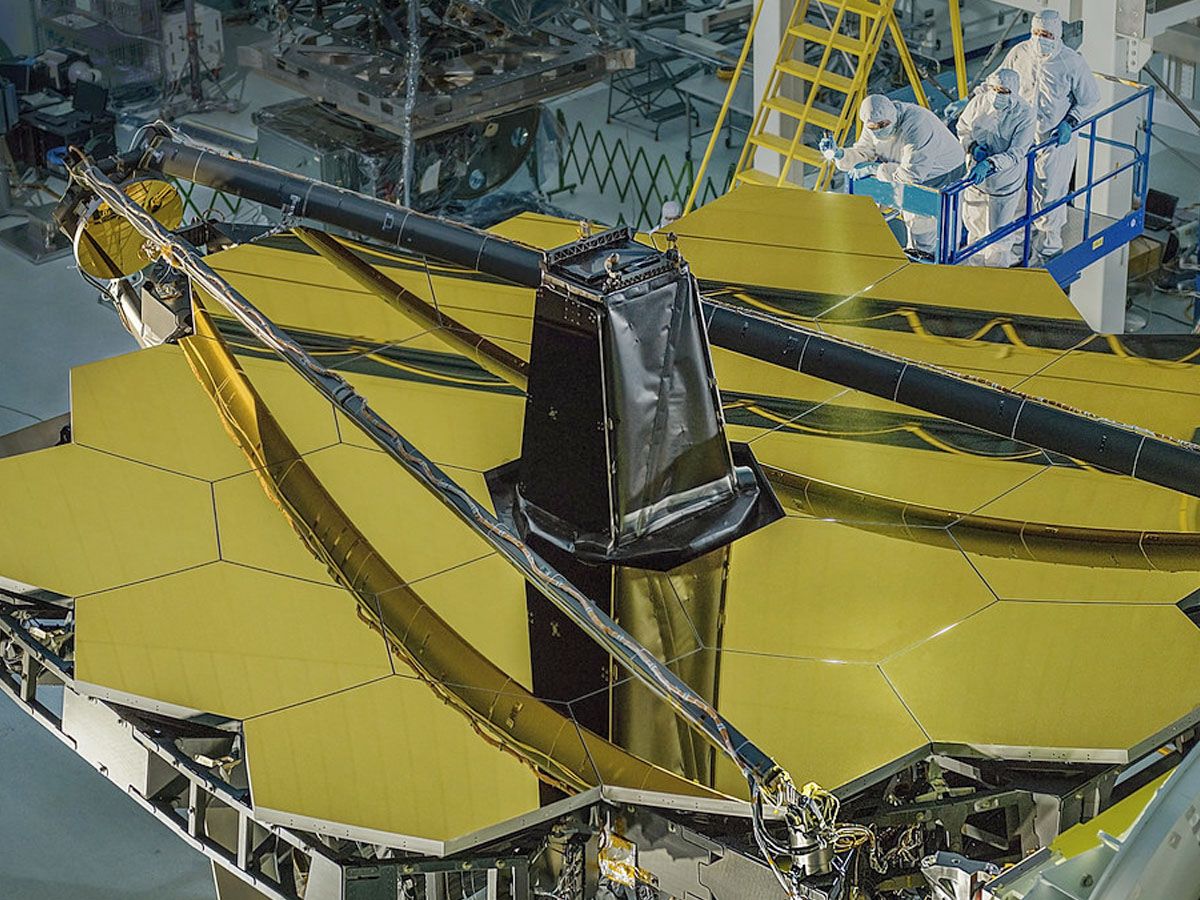
The mirror's structure is a marvel in itself, composed of 18 individual hexagonal segments. These segments, like pieces of a grand celestial jigsaw, can fold up to fit snugly into the rocket for launch and then unfurl once in space. Their hexagonal shape is no accident. This design, reminiscent of a honeycomb, offers a high filling factor and symmetry, making for a compact, circular design that efficiently corrals incoming light.
The Gold and Beryllium Marvel
But what really sets these mirror segments apart is their construction. Each is made from beryllium, a lightweight metal known for its strength and shape retention at extremely low temperatures. Mined in Utah and purified at Brush Wellman in Ohio, this beryllium forms the sturdy backbone of the mirror segments.
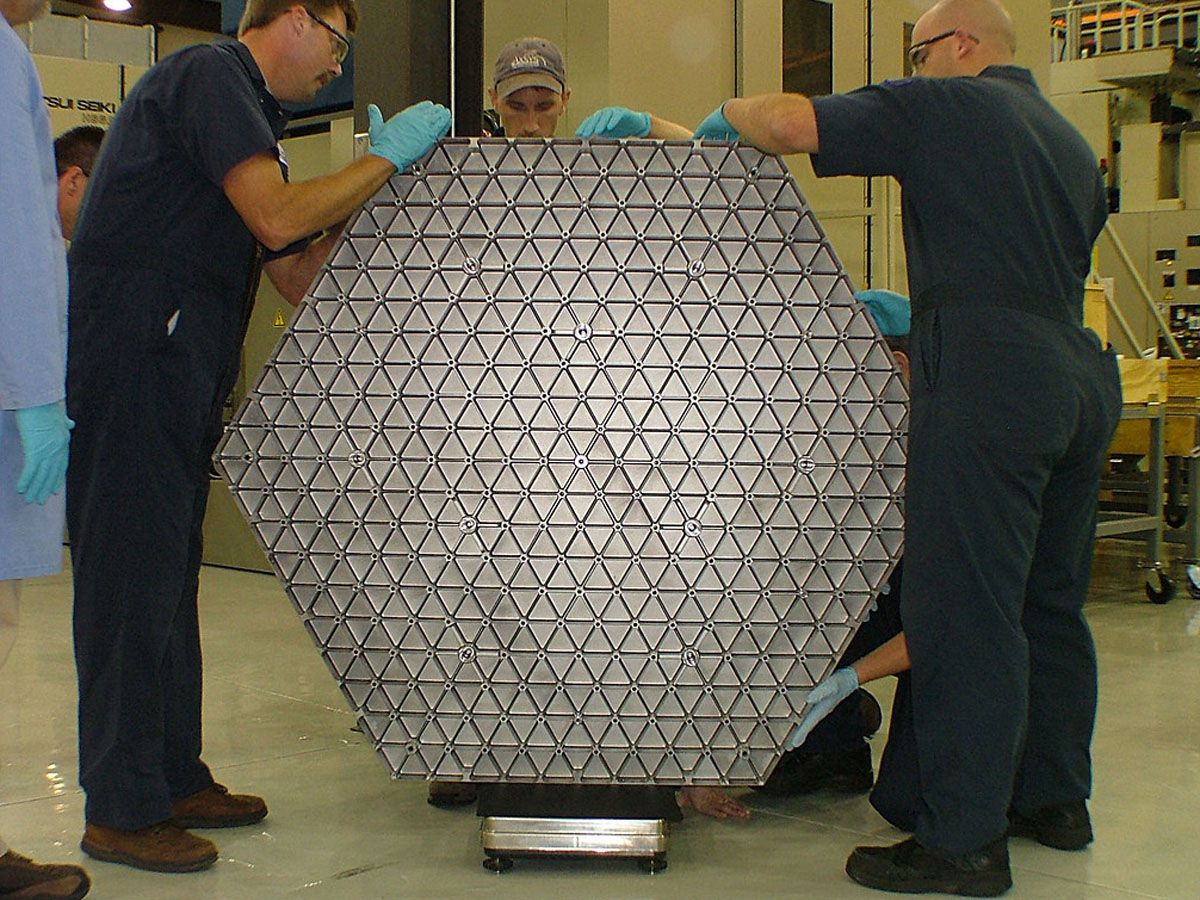
But the magic doesn't stop there. Each beryllium segment is covered with a microscopically thin layer of gold to enhance its reflectivity. While thinner than human hair, this gold coating greatly enhances the mirror's ability to reflect infrared light, allowing it to observe celestial phenomena that are otherwise invisible.
Mirror Manufacturing and Testing
The journey from raw beryllium to space-ready mirror is a long one. After shaping by Axsys Technologies, each mirror segment undergoes a final polishing by SSG/Tinsley in Richmond, CA, to ensure it will function flawlessly in space.
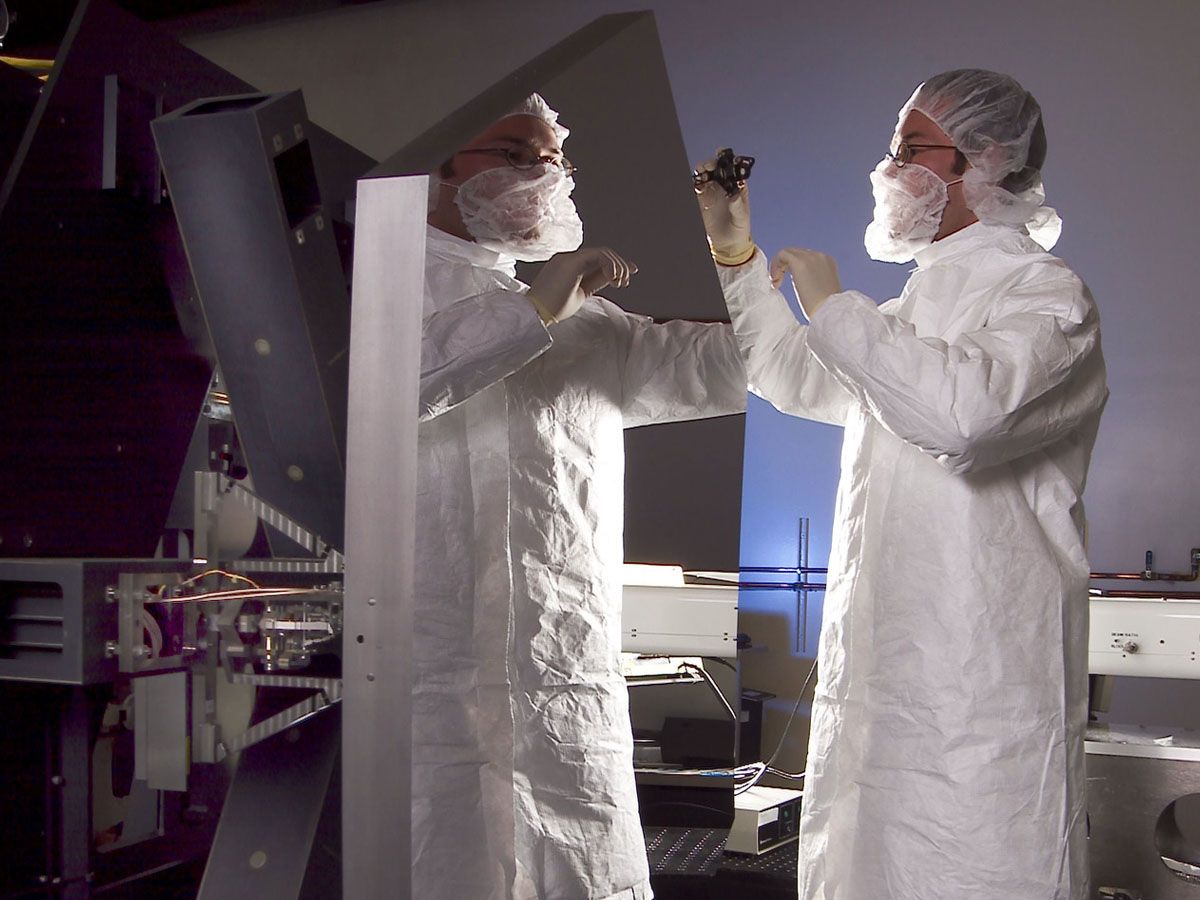
But the rigorous testing doesn't end there. Each mirror is subject to cryogenic testing at the Marshall Space Flight Center to ensure it can withstand the bone-chilling temperatures of space. And because the mirror needs to stay cold to detect faint infrared light, engineers have overcome significant challenges to ensure the mirror remains at a frosty minus 364 degrees Fahrenheit.
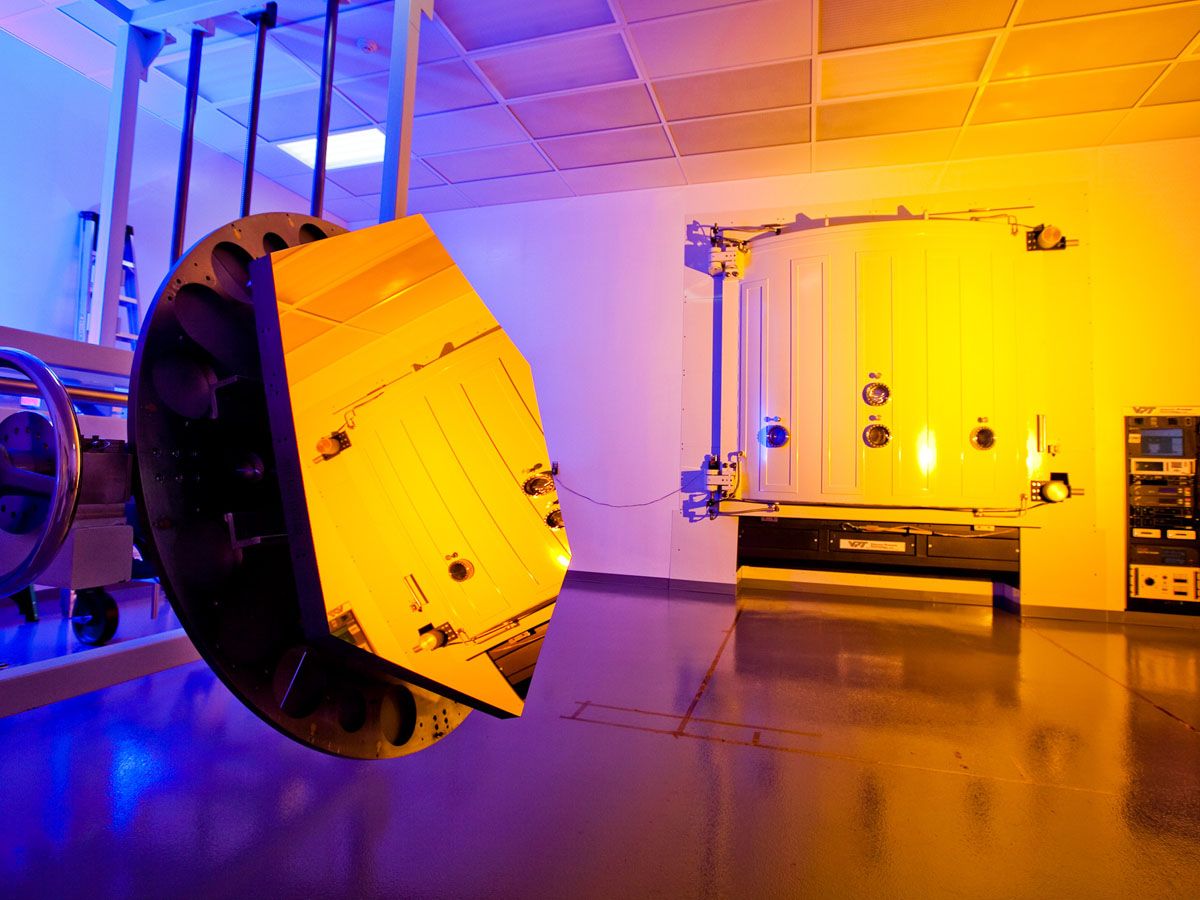
Mirror's Integration and Final Testing
Once the mirror segments pass these tests, they are ready for integration into the telescope. Alongside the mirror, science instruments are integrated, enabling the telescope to make detailed observations that will expand our knowledge of the universe.
Further environmental testing takes place at Goddard, ensuring the telescope can withstand the rigors of launch and operation in space. This is followed by optics and instrument testing at cryogenic temperatures at NASA Johnson, where the mirror's alignment is fine-tuned through wavefront sensing and control.
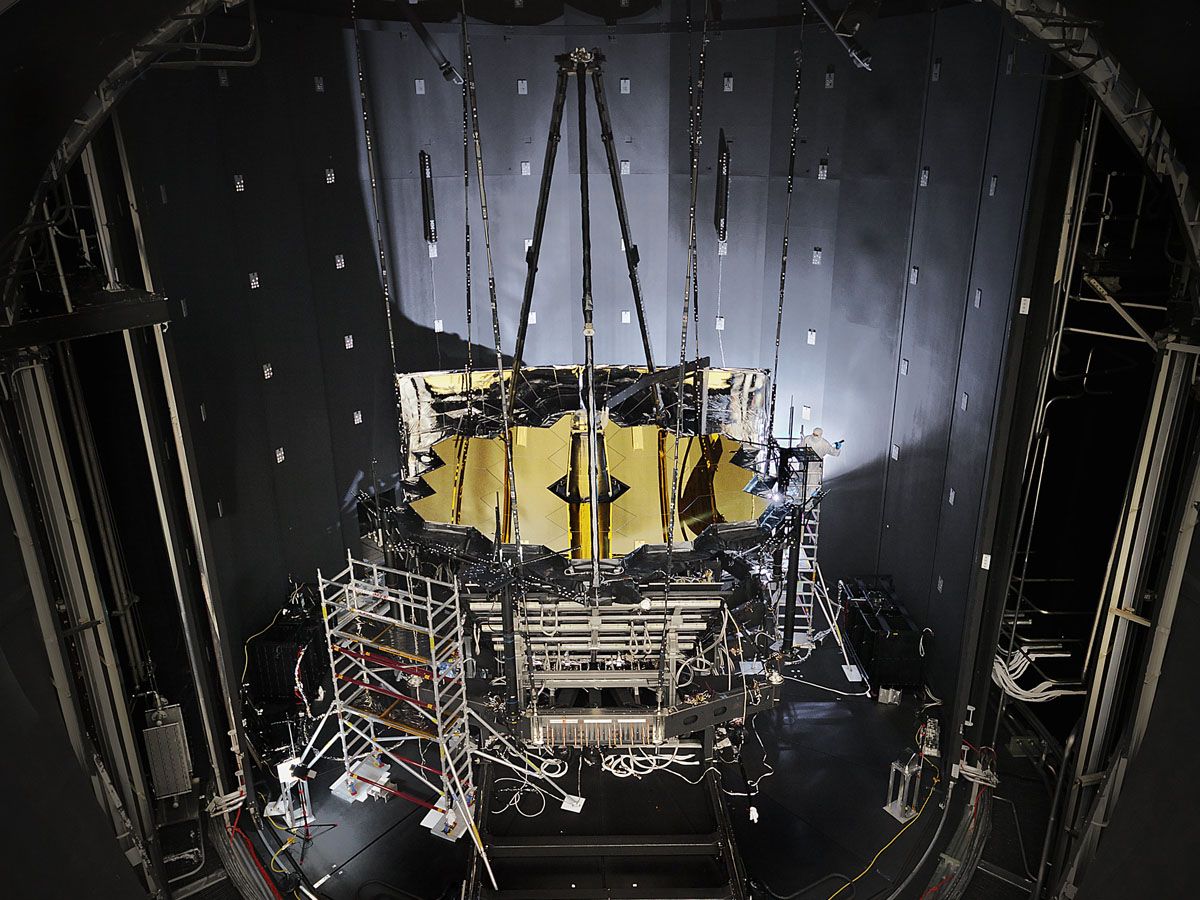
Finally, the mirror faces its most demanding test yet. Inside the cryogenic, vacuum environment of Chamber A, the mirror's alignment is tested to ensure it can achieve a single, perfect focus. Only then is it ready to be mated with the sunshield and spacecraft bus at Northrop Grumman, and begin its mission of discovery.
The Micrometeoroid Impact and the Resilience of JWST
In the vast, unpredictable cosmos, it's not just the known that JWST must contend with, but the unknown as well. This reality became evident between May 23 and 25, 2022, when JWST experienced a micrometeoroid impact. These micrometeoroids are tiny fragments of rock that have been shed from comets or asteroids. Though smaller than a grain of sand, they orbit the sun at high speeds and can cause damage to spacecraft due to their velocity.
Space debris of this nature is abundant near Earth. It's an inevitable consequence of asteroid collisions and cometary rock shedding, creating a hazardous environment for spacecraft. However, the engineers behind JWST were well aware of this risk. The design of JWST incorporates protective measures for critical electronics, and the sunshield is built to withstand small holes. The mirrors, though, remain vulnerable as they are exposed to space.
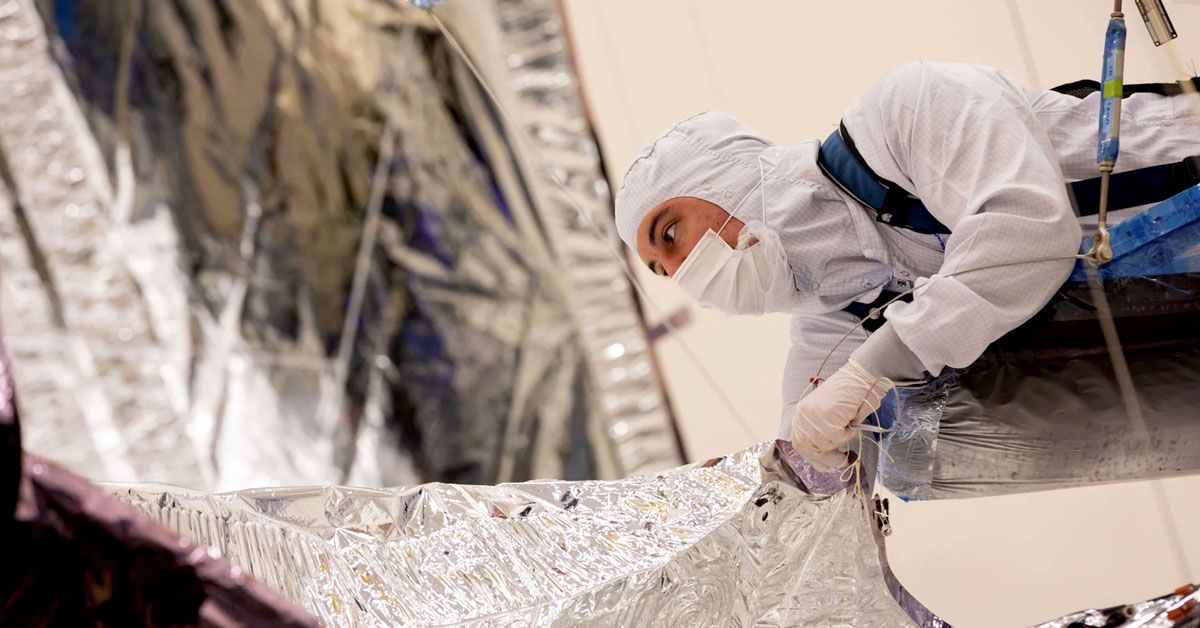
In preparation for this risk, engineers conducted simulations and test impacts on mirror samples before the launch to evaluate potential damage. Despite these tests, the unpredictable nature of space can throw a curveball, as evidenced by the recent micrometeoroid impact.
The micrometeoroid hit one of the eighteen 1.3-meter mirror segments, specifically segment C3. It was larger than anticipated, although NASA didn't disclose the exact size of the impactor. Despite the impact, the damage was deemed as insignificant. However, concerns arose regarding potential spurious reflections and distortion of observed objects due to the chip in the mirror.
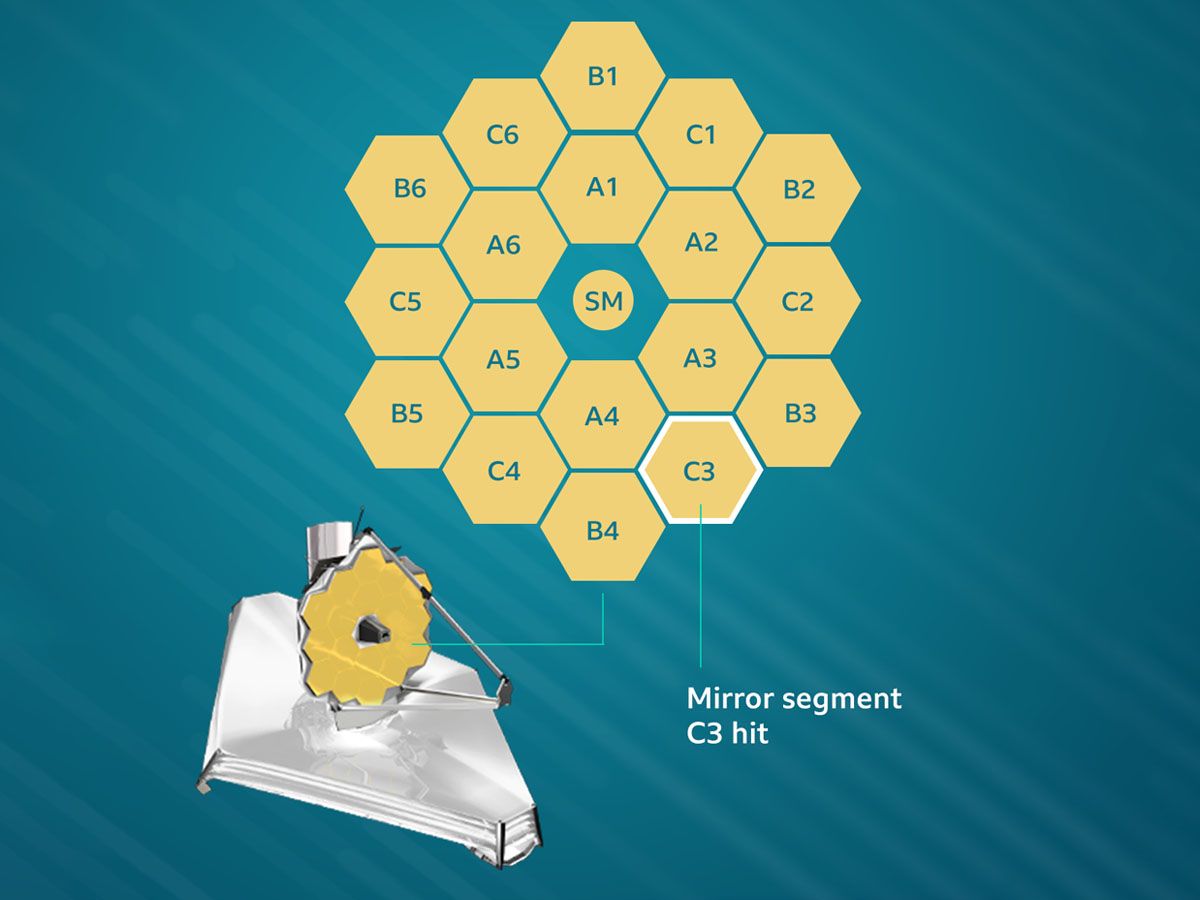
Engineers promptly sprang into action, fine-tuning segment C3 to reduce these problems. Thanks to each mirror segment's individual control and adjustability, the impact on observational quality was successfully minimized. This incident was a testament to the JWST's resilience and its team's preparedness.
Webb's Science Goal and the Journey Ahead
Despite the setback caused by a micrometeoroid impact, the James Webb Space Telescope (JWST) continued to chart its path towards its bold scientific objective: casting a gaze back through time to when galaxies were young. This audacious goal required observing galaxies located over 13 billion light years away, an incredible achievement made possible due to the primary mirror's expanded light-collection ability and superior sensitivity.
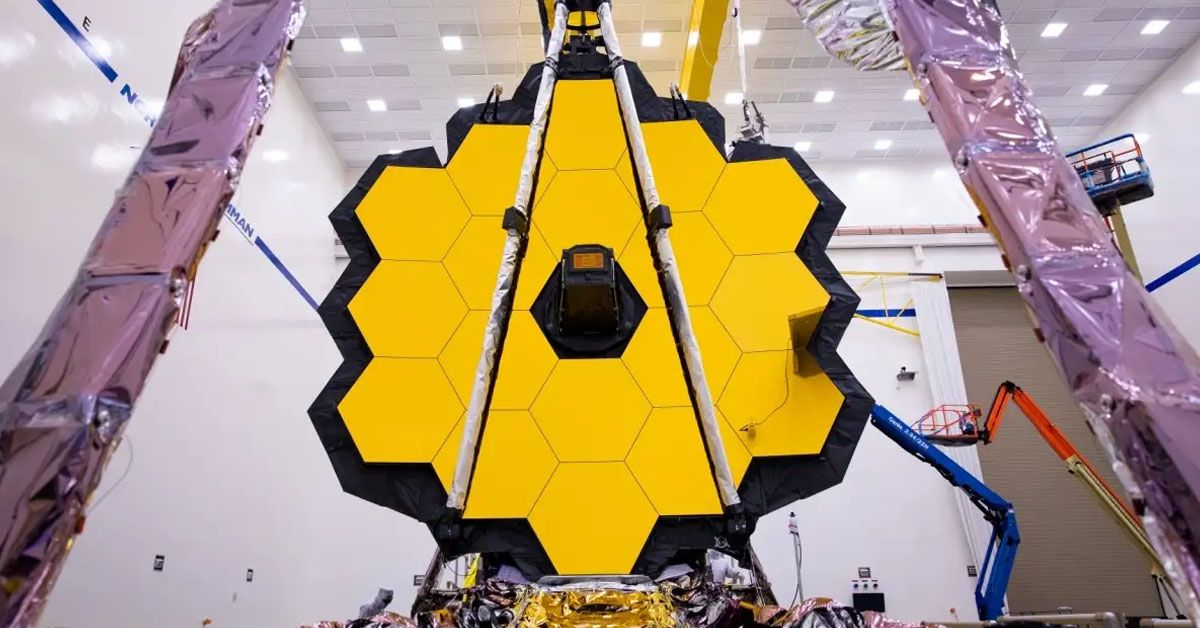
Even in the face of the micrometeoroid impact and the formidable challenges of space, the much-anticipated release of the first science images did not falter. Released on July 12, 2022, these images were indeed spectacular, surpassing expectations and serving as a testament to the mission's resilience, innovative spirit, and ambitious vision. The telescope, undeterred by the micrometeoroid impact, has since released a stream of images, continuing to expand our understanding of the universe. Through it all, the primary mirror has proven its resilience, continuously performing as expected, reiterating the formidable engineering prowess behind JWST.













